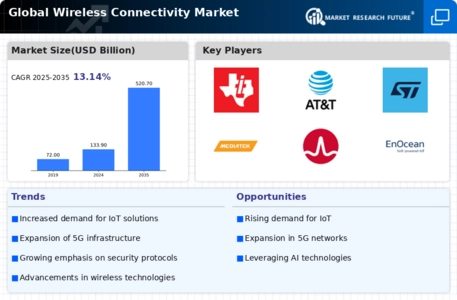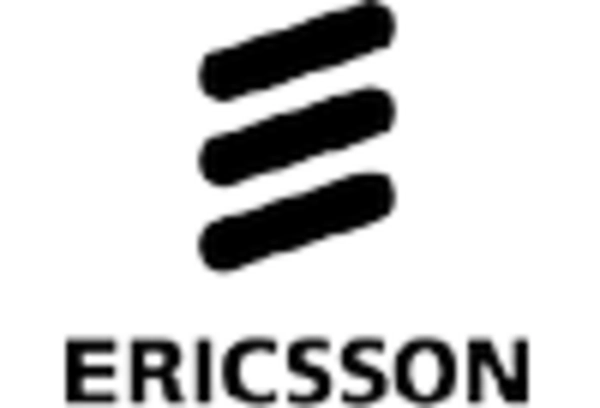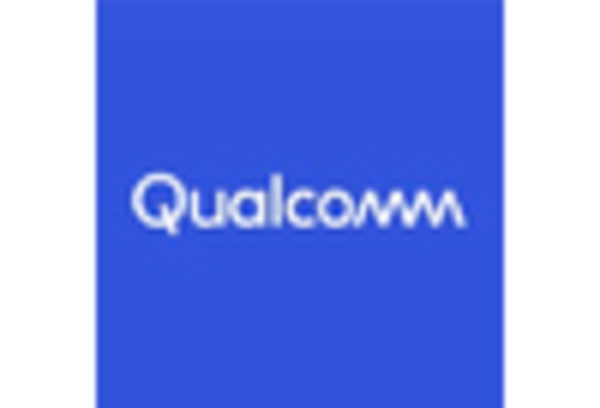Market Trends
Key Emerging Trends in the Wireless Connectivity Market
The wireless internet market is changing quickly, which is causing people's relationships and communications to change too. A noticeable trend is the widespread use and integration of 5G technology. Worldwide moving toward 5G networks because they may have lower delay, better data rates, and more network capacity. Demand for 5G-enabled goods and equipment is growing because both customers and businesses want better ways to connect. Smart towns, self-driving cars, and other cutting-edge apps that need fast, low-latency transmission are being affected by this trend. In addition, it's changing how people use their phones. Growing popularity of the Internet of Things (IoT) is another important change in the wireless link business. Unique and personalized link options are growing in importance as the number of Internet of Things devices (from industrial monitors to smart home products) grows. Bluetooth, Wi-Fi, Zigbee, and Low Power Wide Area Networks (LPWAN) all work together because they meet the needs of different Internet of Things apps. The market is changing to meet the needs of people in a world where everything is connected and gadgets need to be able to talk to each other quickly for comfort and efficiency. Additionally, the rise of edge computing is a significant change that affects the wireless connection market. At the edge of the network, more data is being created and handled. Moreover, it's happening more often that different radio systems come together. Connectivity standards are changing from using just one to mixed systems that take the best parts of more than one technology and put them together. Combining cellphone and Wi-Fi connections, for example, to make a network that can be used in more situations and last longer. This trend suggests that wireless connection solutions should be adaptable and flexible, showing a practical way of meeting the needs of different use cases and businesses. Market trends are also affected by the growing worry for the earth and sustainability. The number of connected gadgets keeps going up, and people are becoming more aware of how wireless technology impacts the world. This has led to work on environmental-friendly manufacturing methods, long-lasting communication technologies, and gadgets that use less energy. Globally, people are paying more attention to being environmentally responsible, so businesses that deal with wifi connection are starting to use green methods more often.








Leave a Comment